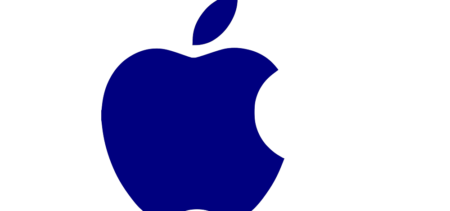Floating panels are customary nowadays. Most of the webpages feature interstitials or popup ads. Right after accessing the landing page, such design elements stay between the reader and the content. Granted, they cannot go unnoticed, unlike older ad placements. Nevertheless, popups can prove tiring for users, although they benefit marketing campaigns.
The more clever websites have added pleasant variations to these marketing tools. Some are about the timing of the interstitials. Instead of popping up right when accessing the page, these features use a very useful delay, making them less annoying. Just think about it. It is much more likely to accept publicity once caught in reading the actual content. I mean, the nice people that provide interesting info/content also need the money coming from advertising. In a similar psychological approach, some page owners kindly ask readers to turn off their ad-blockers. Web sites thus request visitors to be patient and take a few seconds and contemplate the floating panel message.
Others improved the interaction by embellishing the way these panels disappear. When clicking the close button, the entire interstitial blows into small pieces, or transforms into droplets that seem to fall down the webpage. It is mesmerizing and aesthetically pleasing.
Google intervenes as the all-powerful arbiter
The phenomenon mentioned above puts the online audience at the mercy of web professionals, or at their resource’s lengths. Not all will bother to calculate the optimal timing for the interstitials’ appearance or the level of annoyance provoked by their persistence or presence. Others may know these details, but still wouldn’t invest into fancier versions of the same visual element.
As it previously did (therefore no surprise here), Google intervened in this matter. From a marketing-related angle, of course. These ads hide the content – the one perceived, ranked and counted by the company’s bots. The ads represent forced interaction – and in the search engine’s books it is a form of unfair game.
Incidentally, users benefit from Google’s intervention. The company even points out that it acted in the users’ interest. Not so accidentally, therefore. Well, Google always keeps its marketing hat on. So it felt only logical to wonder whether its bots “see” and count these interstitial as ads, or not.
The forced online publicity issue – reloaded
Whatever the case, Google’s stance puts the same old issue on the table. How much is too much in online marketing? Are forced interactions useful and/or ethical, or are they just another way of clogging up the internet and making users mentally block all that comes to them in an aggressive manner?
Furthermore, the company strongly pushed mobile optimization for a while now. What may be a mild annoyance on a desktop or laptop screen becomes a big hindrance on a small mobile display. Therefore, this type of advertising contravened with Google’s strong support of mobile web pages.
Here’s a pretty clear list of what kind of interstitials Google disapproves – in view of pages owners or app owners. The examples are clear, and all SEO specialists should be aware of the dos and the donts in this matter, in order to avoid penalization.
How can the interested parties regroup in front of the popups police
If you paid attention to our last included link, you should be aware of the section that precedes the disallowed ads one. It was all about a guide to interstitials. By choosing to follow these guidelines to begin with, the interested page owners should stay safe from this new proactive (and potentially punishing) Google intervention. In case you went along with the flow and you were a bit greedy – tough luck, Although, as always, the search engine provides time for page owners to realign their policies.
The changes are effective from 10 January 2017. Yes, they were announced ahead. But it never wrongs to remind the late ones in the world wide web group to catch up with the new rules. There is still time to do a quick re-steering of your landing page boat and sail again towards success and optimal monetization with Google’s wind-power beneath you. In case it is the first time you hear about this policy – the company announced it on 2 November 2017. We know, with the holidays, the winter season campaigns and all, perhaps some who already knew about this change failed to implement it in time.
So, take our quick reminder as such, and make use of your marketing team capabilities of taking you to the safe zone – Google-wise. Don’t forget that “reasonable” banners are still accepted, therefore try and find the acceptability area and stick with it.
The case against interstitials – an intricate one, perhaps
MarketingLand admits in their article that this policy might have deeper reasons that the ones officially invoked by Google. Besides protecting the mobile experience and its appeal to users, the company also mentioned a related and relevant experiment performed on Google+. This experiment quickly found its challengers – as you may see in the quoted source. Their one time testing of the interstitials’ effects on one app is not enough to condemn interstitials.
On the other hand, there are ways (already employed by certain websites) of hiding interstitials from Google. Well, making them “unreadable” as such. LinkedIn, for example, makes use of a non-indexed page for its instertitials, therefore avoiding to fall victim to the search engine’s policy.
We shall have to wait and see what will the long term effect be, once Google’s policy manifests itself through the interested websites.
















































